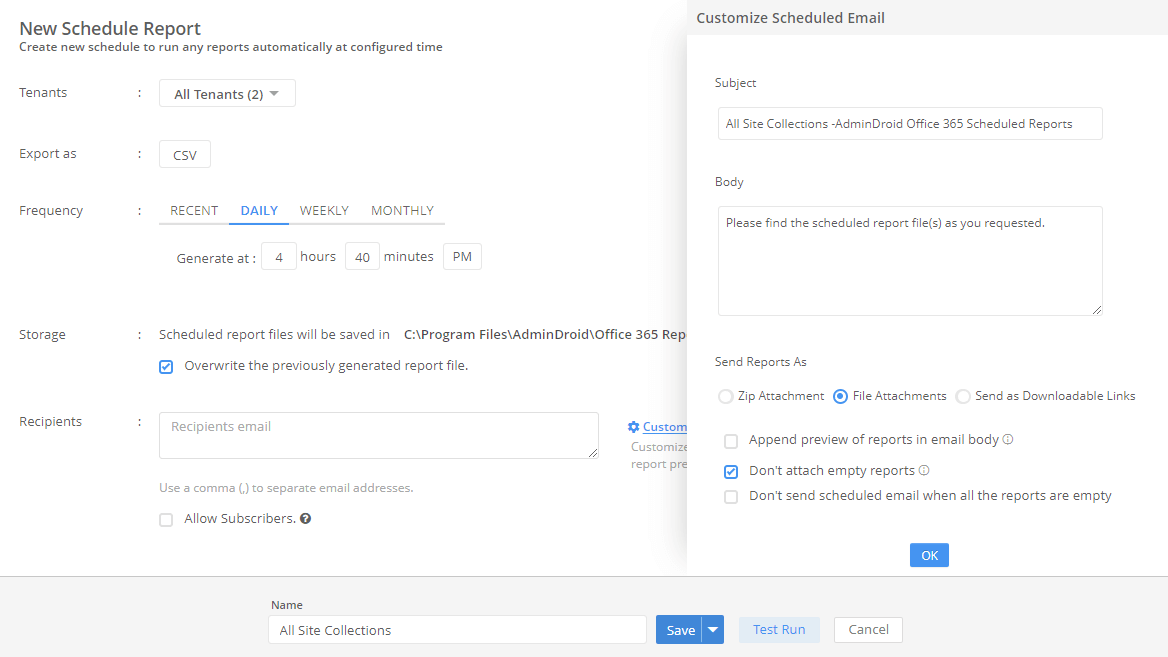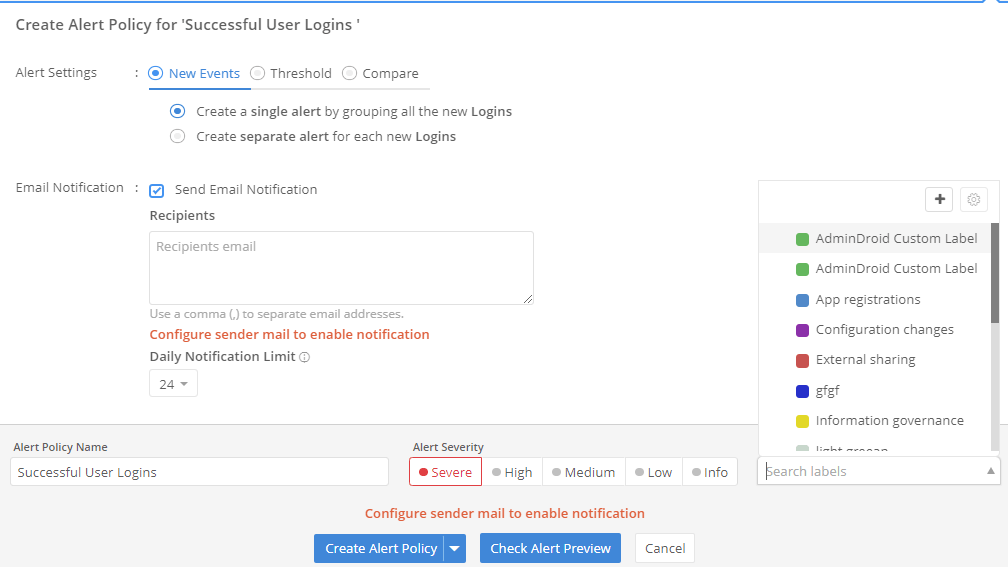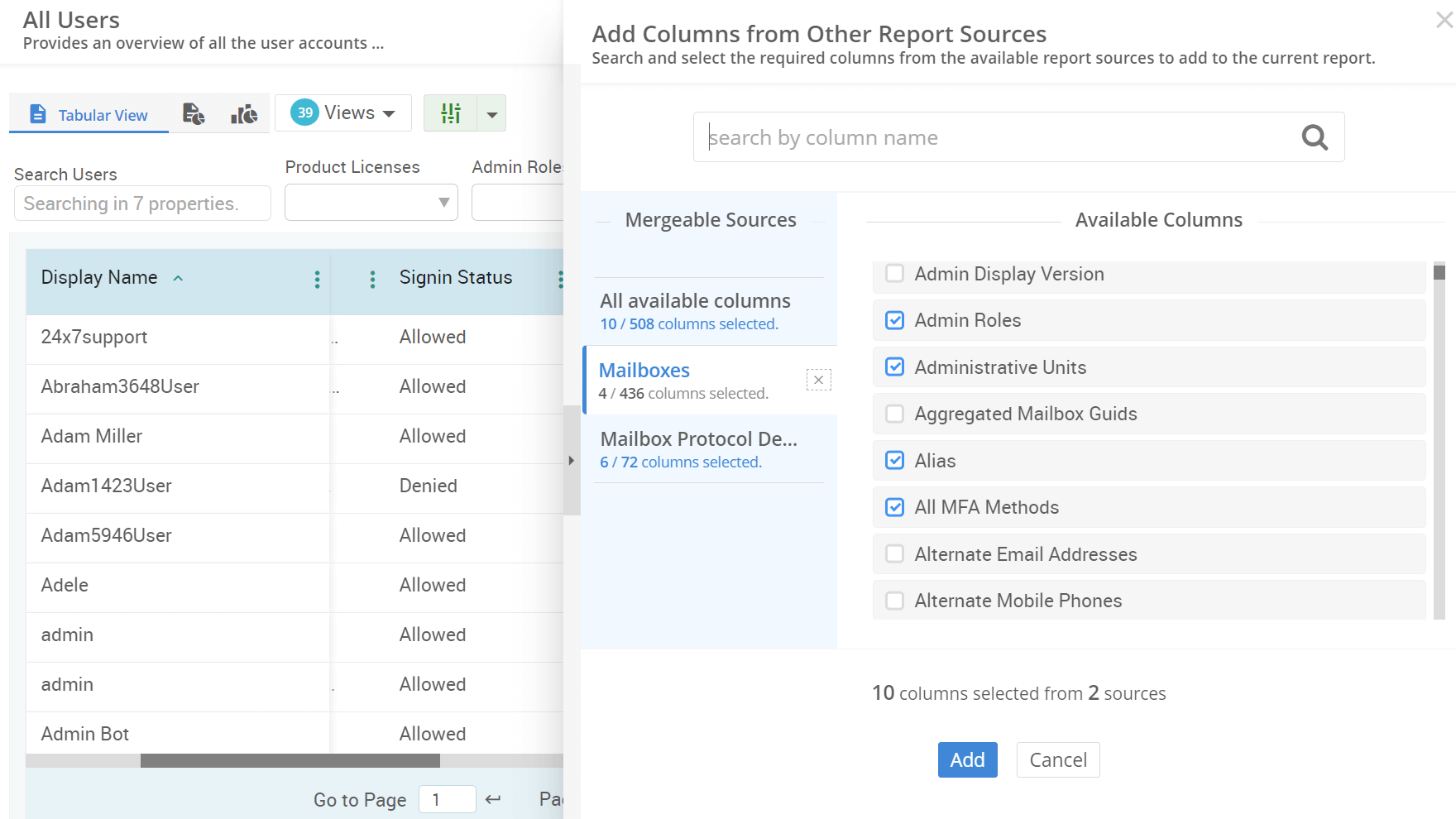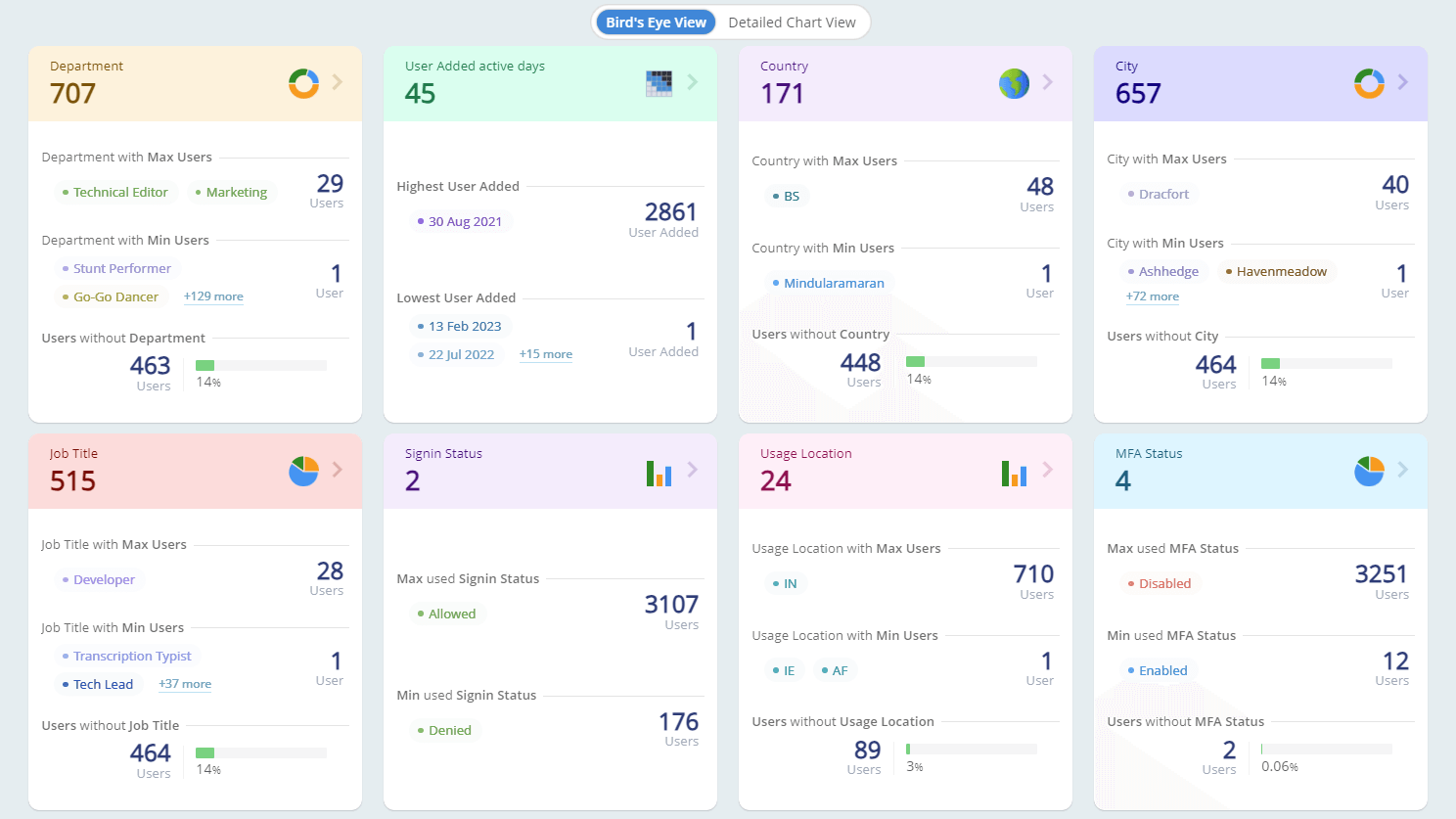How to Get the User Email Statistics Report in Microsoft 365
How can Office 365 mail traffic reports help you track emails sent and received by each user? You can easily detect anomalies, enhance security, and ensure compliance with Microsoft 365 email traffic reports. Gain valuable insights on email volumes per user, number of emails sent and received, and email usage in Microsoft 365. This actionable data can help you improve productivity and workload metrics.
















